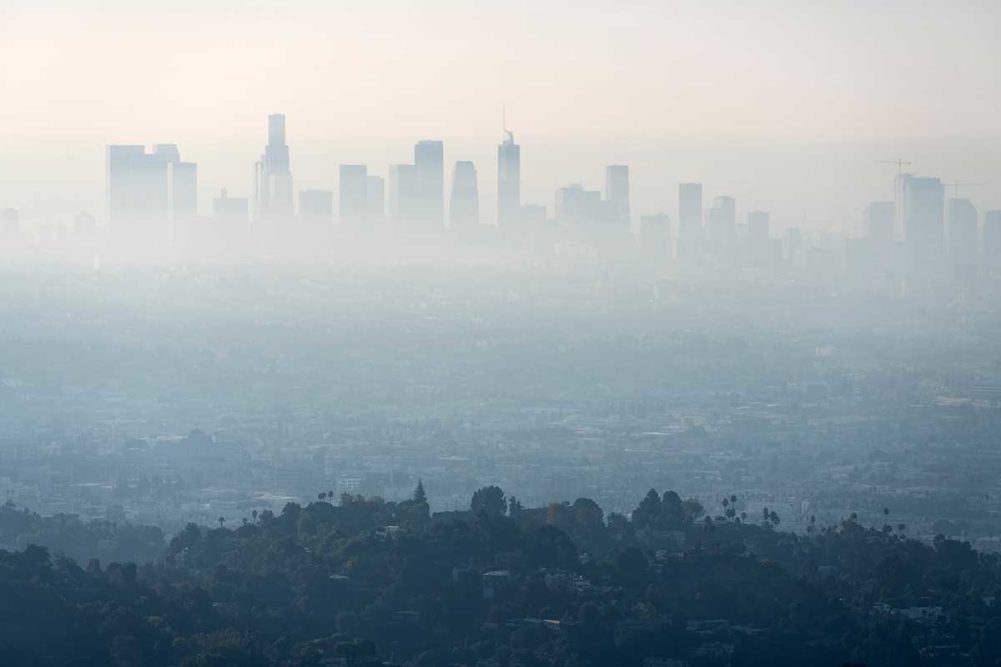LOS ANGELES — Commercial bakeries around Los Angeles will be required to replace their natural gas-fired ovens that are more than 22 years old with electric ovens, if a proposed rule by the South Coast Air Quality Management District (SCAQMD) Governing Board is passed as now written.
SCAQMD, which represents the Los Angeles area, recently adopted its 2022 Air Quality Management Plan. The plan includes a proposed rule to move toward zero emissions from natural gas combustion, which will have a dramatic impact on the area’s wholesale baking industry.
Rather than pursuing a switch to low nitrogen oxides (NOx) burners in commercial baking ovens to reduce emissions by 50%, SCAQMD’s move toward zero NOx emissions would require bakeries in the district to switch their ovens that are older than 22 years to electric or other zero NOx technology by 2027.
The American Bakers Association (ABA) has been following the development of this plan and working to educate SCAQMD on the challenges this will bring to the industry.
“While ABA is not opposed to this proposal, we still do not understand the full breadth of its scope,” said Rasma Zvaners, vice president of regulatory and technical services for ABA. “Further, the discussed implementation timeframe seems aggressive. We believe the directive may not fully account for the infrastructure needs both at the public utility and the bakery.”
Ms. Zvaners pointed out two hurdles to SCAQMD’s plan and timeline. While oven technology continues to evolve, requiring all new ovens after 2027 to be net zero NOx is not feasible. SCAQMD identified one oven that met its standard.
However, “one size does not fit all” in the wholesale baking sector.
In addition to concerns about electric oven technology, ABA pointed out that California’s utility grid does not have the infrastructure in place to support the switch. Ms. Zvaners noted the electric grid availability, reliability and readiness, including availability of backup power during power curtailments need to be in place to support the regulators goals.
“We don’t believe SCAQMD is doing a full technology assessment before writing its regulation,” she said. “They aren’t looking at the full life cycle of the energy.”
The deadline for public comments ended in April, and in its comments to SCAQMD, ABA drew attention to its concerns about the availability of electric oven technology to meet industry needs, the grid’s infrastructure strength as well as the ambiguity of the rule’s language.
In its comments, ABA also recommended a stepwise transition from natural gas to hybrid before finally transitioning to full electric ovens when technology has caught up to industry demand.
ABA expects to hear about any revisions that may be made to rule in late summer.
While this rule will only impact baking companies operating in the South Coast region of California, Ms. Zvaners noted that regulatory rules regarding emissions often influence the wider state of California as well as other states.
She said baking companies in the area can help ABA in educating the SCAQMD on the impact this rule would have.






